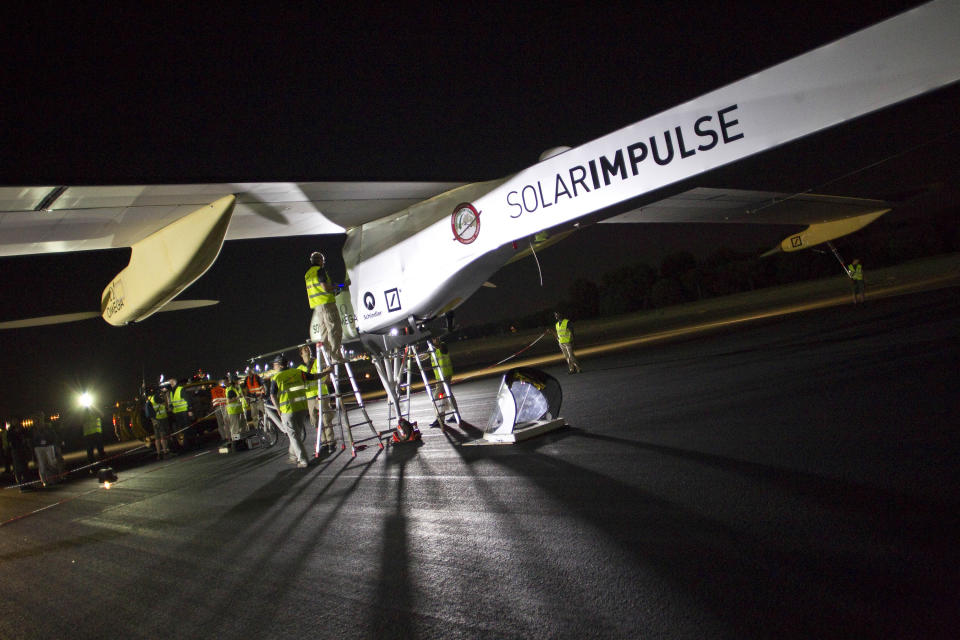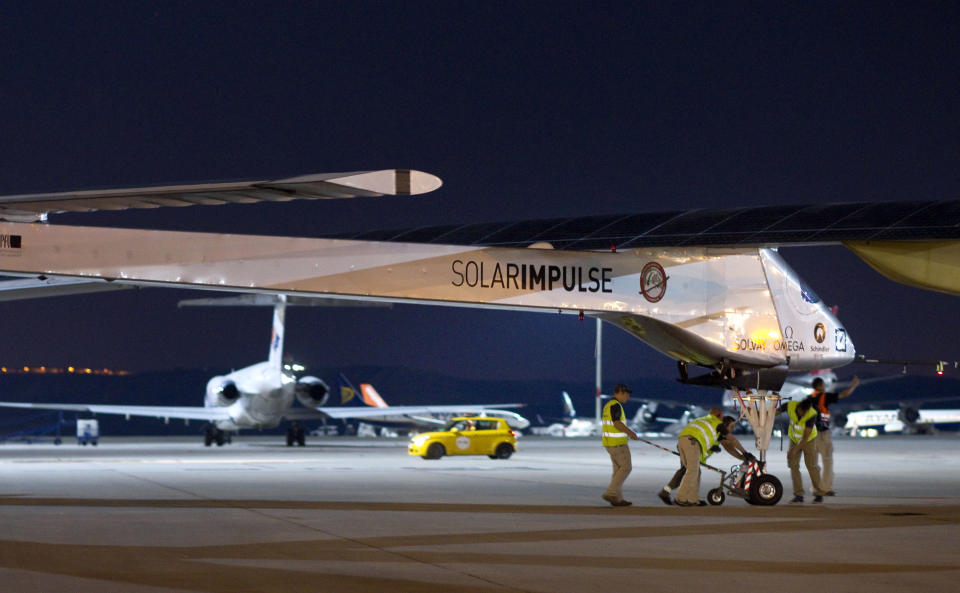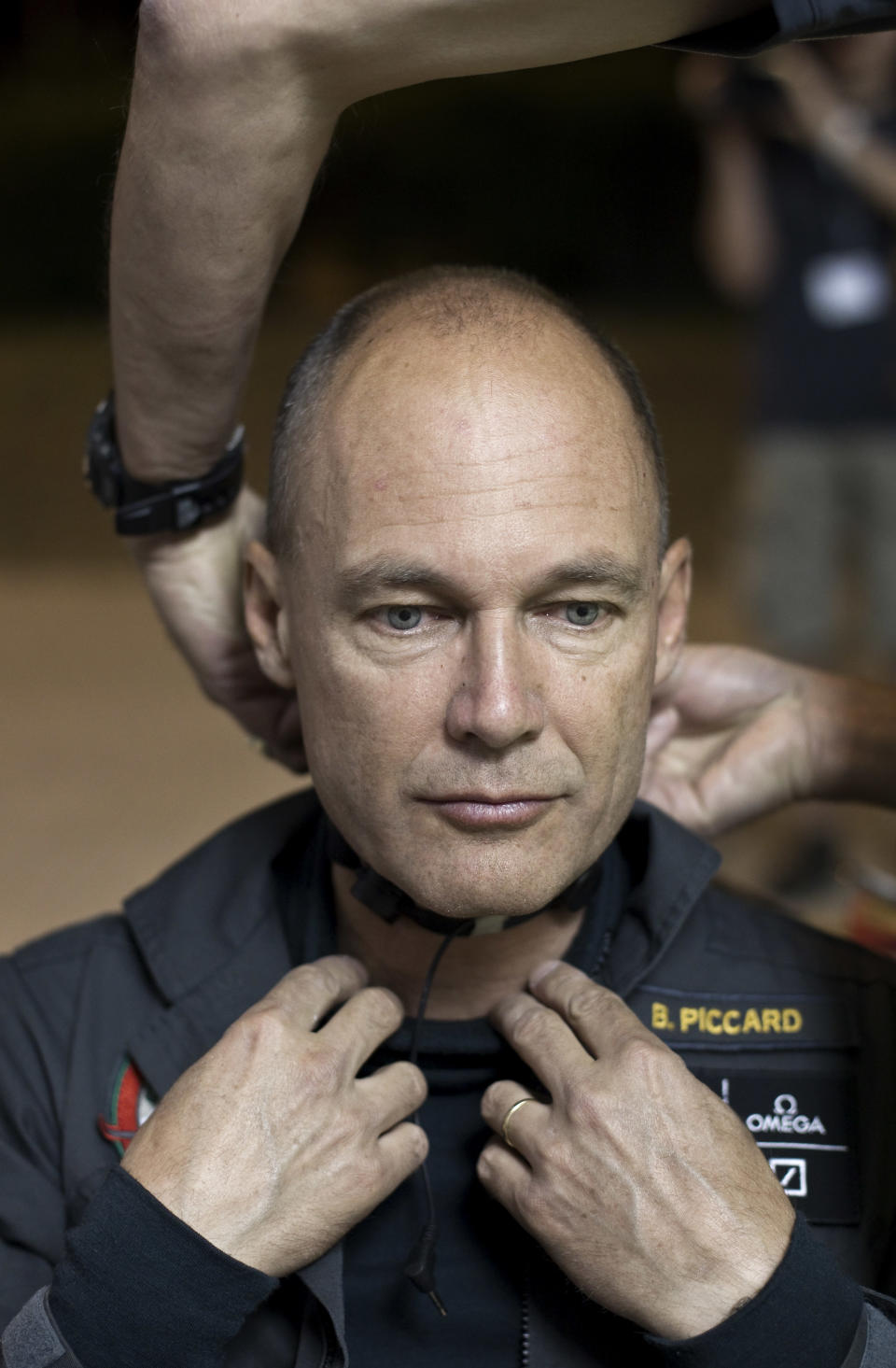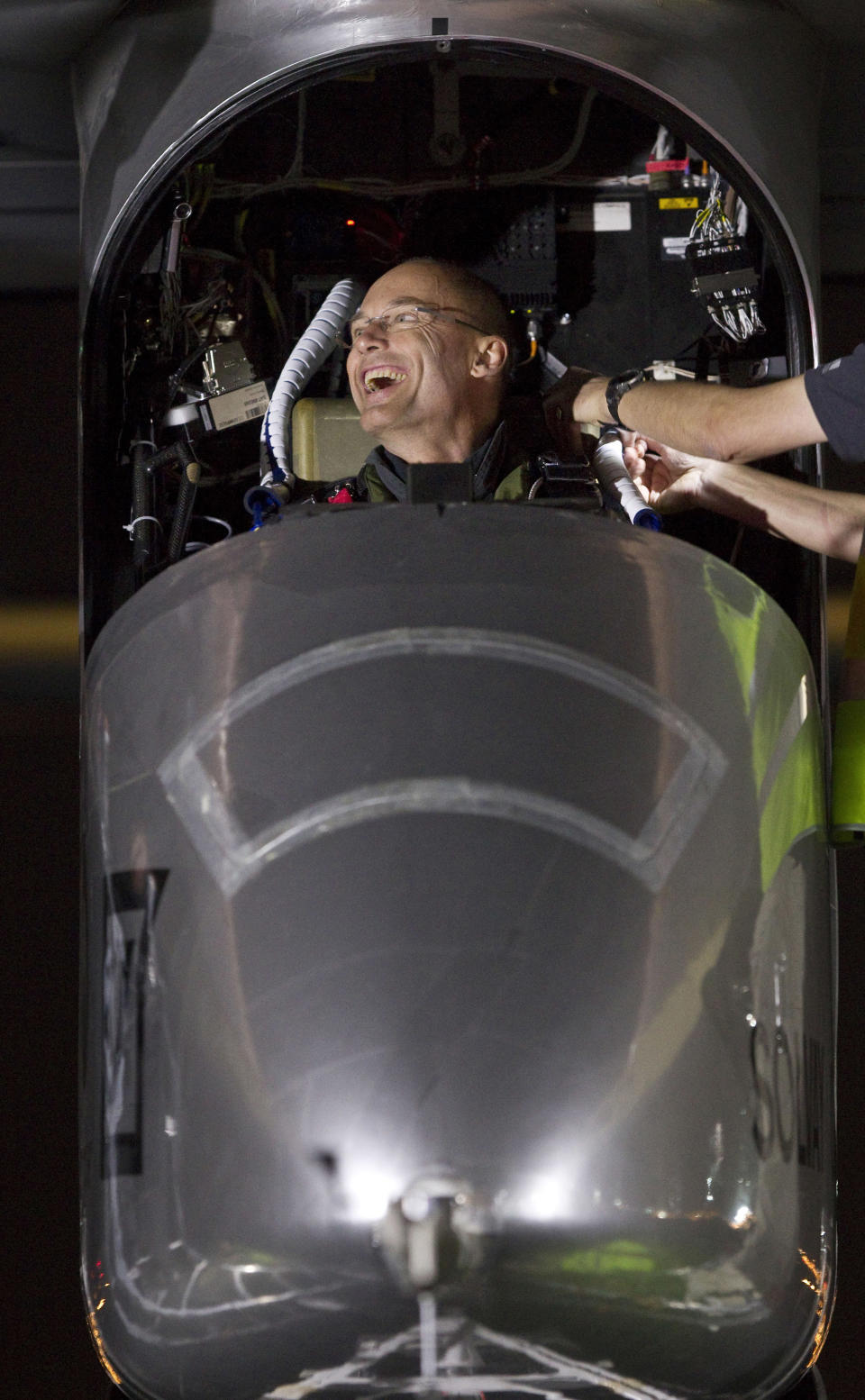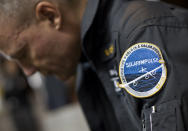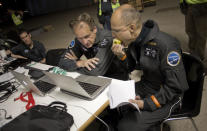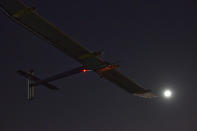Solar-powered plane lands in Morocco
RABAT, Morocco (AP) — An experimental solar-powered plane landed in Morocco's capital late Tuesday after a 20-hour trip from Madrid in the first transcontinental journey by a craft of its type.
With the wing span of a Boeing 777, the plane appeared out of the pitch darkness over the runway, suddenly turning on its lights and gliding to a landing in Rabat, its four propellers already still.
"It was perhaps the most beautiful flight of my life, I have dreamed since I was a child of flying without using fuel," said pilot Bertrand Piccard, who has already circumnavigated the world by balloon.
The single-seat aircraft is fitted with 12,000 solar cells across its immense wings and but only weighs just as much as the average family car, according to organizers.
The plane is the first of its kind to fly both during the night and day as the solar panels charge the batteries for night flying.
Piccard descended from the plane, apparently unfatigued by the long flight in the cramped cockpit. He said the Solar Impulse project had chosen Morocco because of its ambitious plans to increase its reliance on solar power.
"We came here out of admiration for Morocco's pioneering solar energy program," he said, flashing a brilliant smile and hugging members of his team on the tarmac. "All of the technology on this plane can be used in daily life."
Morocco is set to begin construction on a huge solar energy farm in the south as part of an ambitious project to lessen its dependence on fossil fuels and produce 2,000 megawatts of solar energy by 2020.
It also plans to eventually export the energy to Europe.
Solar Impulse arrived in Madrid from Switzerland in late May on the first leg of the journey, but the delicate craft was delayed for several days by bad weather before it could continue its journey to Morocco. The two-leg Europe to Africa trip covered 2,500 kilometers (1,554 miles).
The light craft can only fly in perfect weather. The plane has managed to climb to 28,000 feet (8,535 meters) and reached top speeds of over 75 mph (120 kph), though its usual cruising speed is just over half that.
The mission is being described as a final dress rehearsal for a round-the-world flight with a new and improved plane in 2014 involving five stops.
The project began in 2003 and is estimated to cost about $100 million over 10 years.
